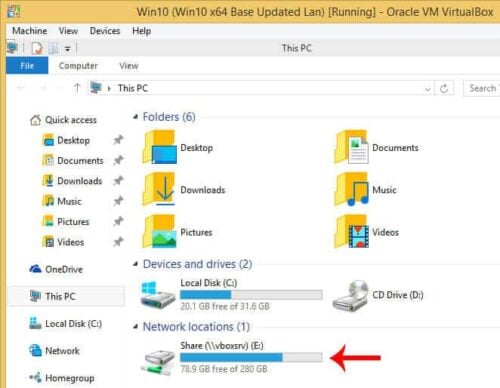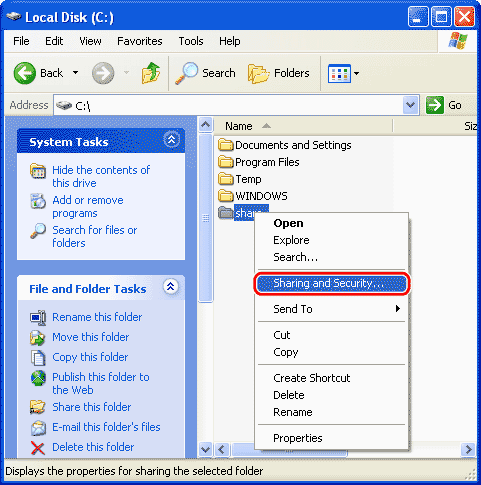

When the terminal opens, you can run the file with the command: If that doesn’t work, right-click on a blank spot within the file manager and click Open In Terminal. If your desktop refuses to run the file, right-click the file and click Open With and select Terminal. Once the CD image is mounted, open it in your desktop file manager and double-click the n (or the equivalent on Windows).

If your guest includes a desktop, installing the Guest Additions is as simple as clicking Devices | Insert Guest Additions CD Image. To create shared folders with VirtualBox, you’ll need a running instance of VirtualBox and at least one guest up and running. SEE: Incident response policy (TechRepublic Premium) What you’ll need I’ll be demonstrating on a Pop!_OS host and a Linux Mint guest, but the process will be similar on any combination of Linux or Windows. I want to show you how easy it is to create a shared folder between a host and a guest. This setup would allow you to share a single data folder, on a host, between all of your guests. By creating shared folders between guests and hosts, it’s significantly easier to pass data between the machine and the virtual machine. What this allows you to do is share a folder between a host (the machine running VirtualBox) and a guest (the virtual machine).

VirtualBox includes all of the features you’d need to get your work done. You can deploy them as standard servers, a Kubernetes cluster, desktop machines, developer workstations, and more. VirtualBox is an outstanding solution for anyone needing to deploy virtual machines of all types and for nearly all use cases. Kubernetes is the key to cloud, but cost containment is criticalĪzure Monitor’s Change Analysis helps you troubleshoot problems quickly 5G Open RAN gains momentum: Next steps and challenges


 0 kommentar(er)
0 kommentar(er)
